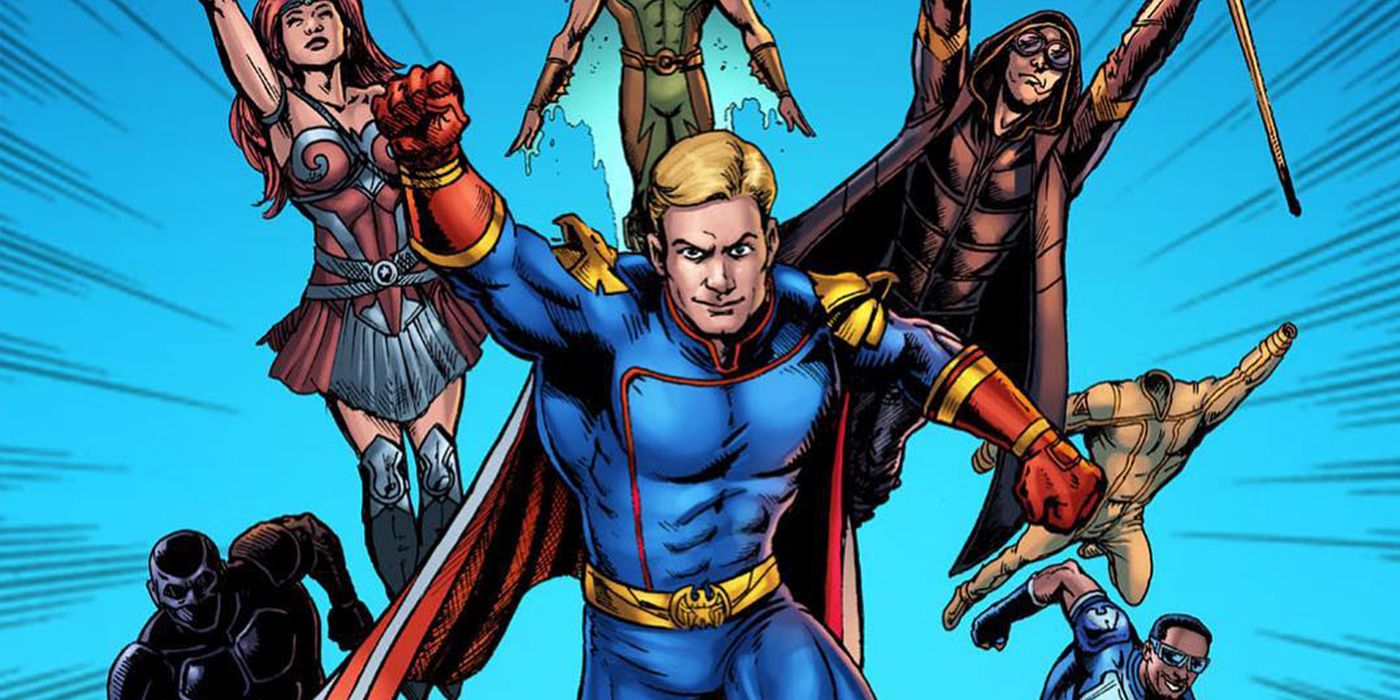

If you found a pelican what would you do with it? What would you name your pelican? What sorts of things would you talk to your pelican about?.Have students share their most interesting question with the class. Students will write these questions on PAGE 4 OF BOOKLET.Students to think of interesting questions where the answer must always be Storm Boy.What are some other questions we can ask where the answer is StormBoy?.What is the answer to this question: Who is the main character? – StormBoy.On the pelican template ( PAGE 3 OF BOOKLETT) students will dot point the things they know about pelicans and what they know about Mr Percival.Display the YouTube videos of pelicans.Who is your favourite character and why?.They will illustrate what they think each character looks like. Students will describe what they like about Strom Boy, Fingerbone Bill and Hideaway Tom.Imitate how storm boy walks, moves etc… How do you feel as storm boy? As storm boy what things do you know?.Take a huge jump and step into the characters shoes. Have students discuss the characters in the story.What colours were seen? Are the colours dull and grey or bright and happy? They will focus on drawing only the things that they have seen and have researched. After this step is complete, students will illustrate the setting.They will write a detailed description about the Coorong and will research interesting facts.Students will research the Coorong – this is where the story is set.What is a humpy? What would it look like inside? What did you notice about the setting in the story? Describe it to a partner.Use your arms so students can see when to start making sounds, when to make soft and loud sounds and when to stop. Be aware of noise control and behaviour management.What materials should we use? Have certain groups responsible for rain sounds, thunder sounds etc….As a class they will try to recreate certain sounds to imitate the sound of a storm. Students will participate in a storm soundscape.What would you expect a storm to sound like?.If the wind could talk what would it say?.How would you feel? What things would you expect to see in a storm?

What is the same and what is different about the covers?.What clues do they give us about what the story might be about?.Display the different Storm Boy book covers.Discuss how authors and illustrators make stories exciting, moving and absorbing and hold readers’ interest by using various techniques, for example character development and plot tension (ACELT1605).Write using clearly-formed joined letters, and develop increased fluency and automaticity (ACELY1696).Use comprehension strategies to build literal and inferred meaning to expand content knowledge, integrating and linking ideas and analysing and evaluating texts (ACELY1692).Plan, rehearse and deliver presentations incorporating learned content and taking into account the particular purposes and audiences (ACELY1689).Use interaction skills such as acknowledging another’s point of view and linking students’ response to the topic, using familiar and new vocabulary and a range of vocal effects such as tone, pace, pitch and volume to speak clearly and coherently (ACELY1688).Make connections between the ways different authors may represent similar storylines, ideas and relationships (ACELT1602).The unit includes a workbook that students will use to complete activities. Student workbooks can also be collected and marked for text understanding. The activities have been explicitly designed for the Year 4 Australian Curriculum outcomes, but can be easily adapted to suit other year levels.

Multiple activities have been provided to engage learners of mixed learning abilities and learning styles. Activities have been designed around the themes covered from reading the required pages in each lesson. This unit of nine lesson plans is focused around the book Storm Boy by Colin Thiele.


 0 kommentar(er)
0 kommentar(er)
